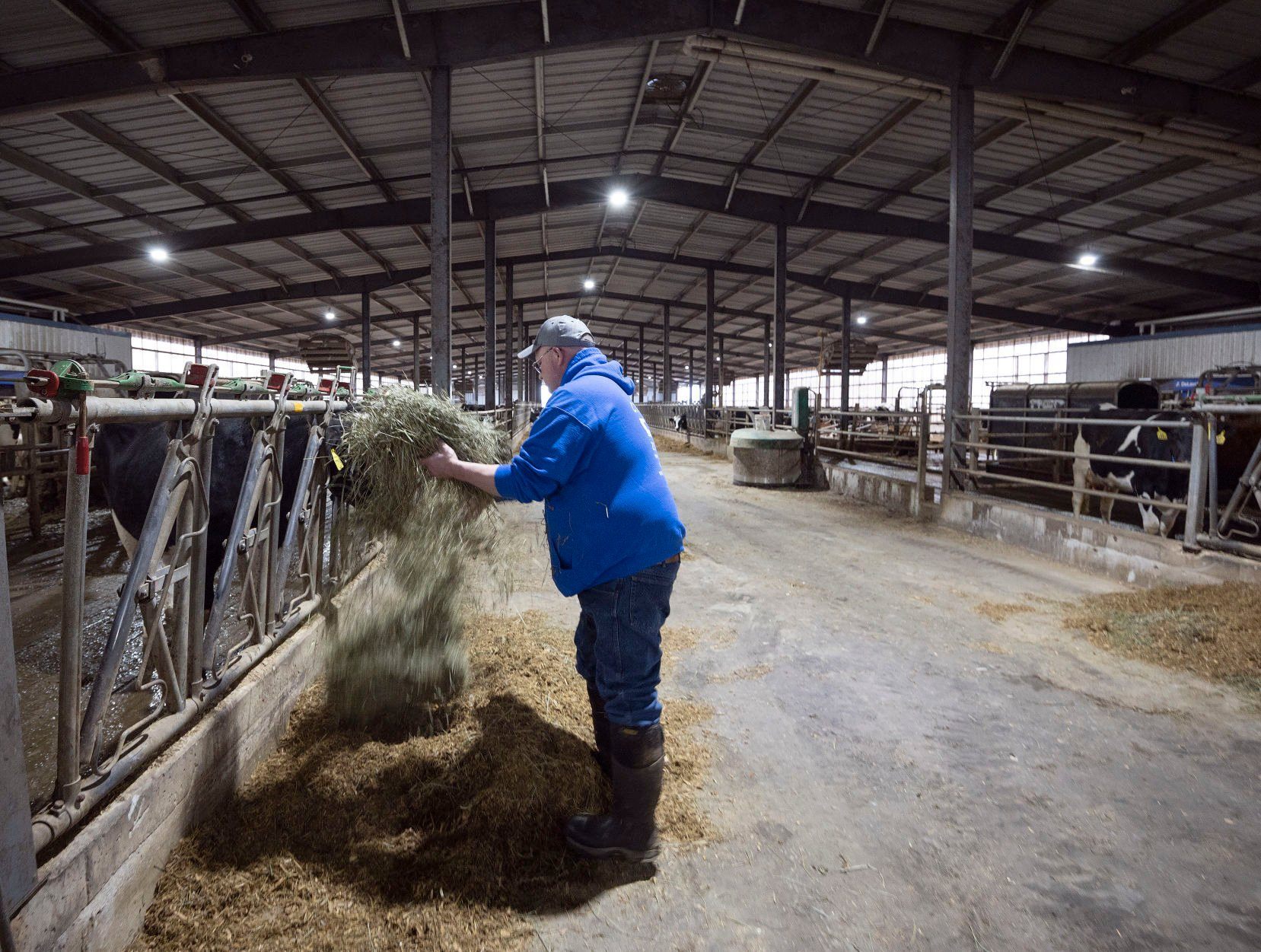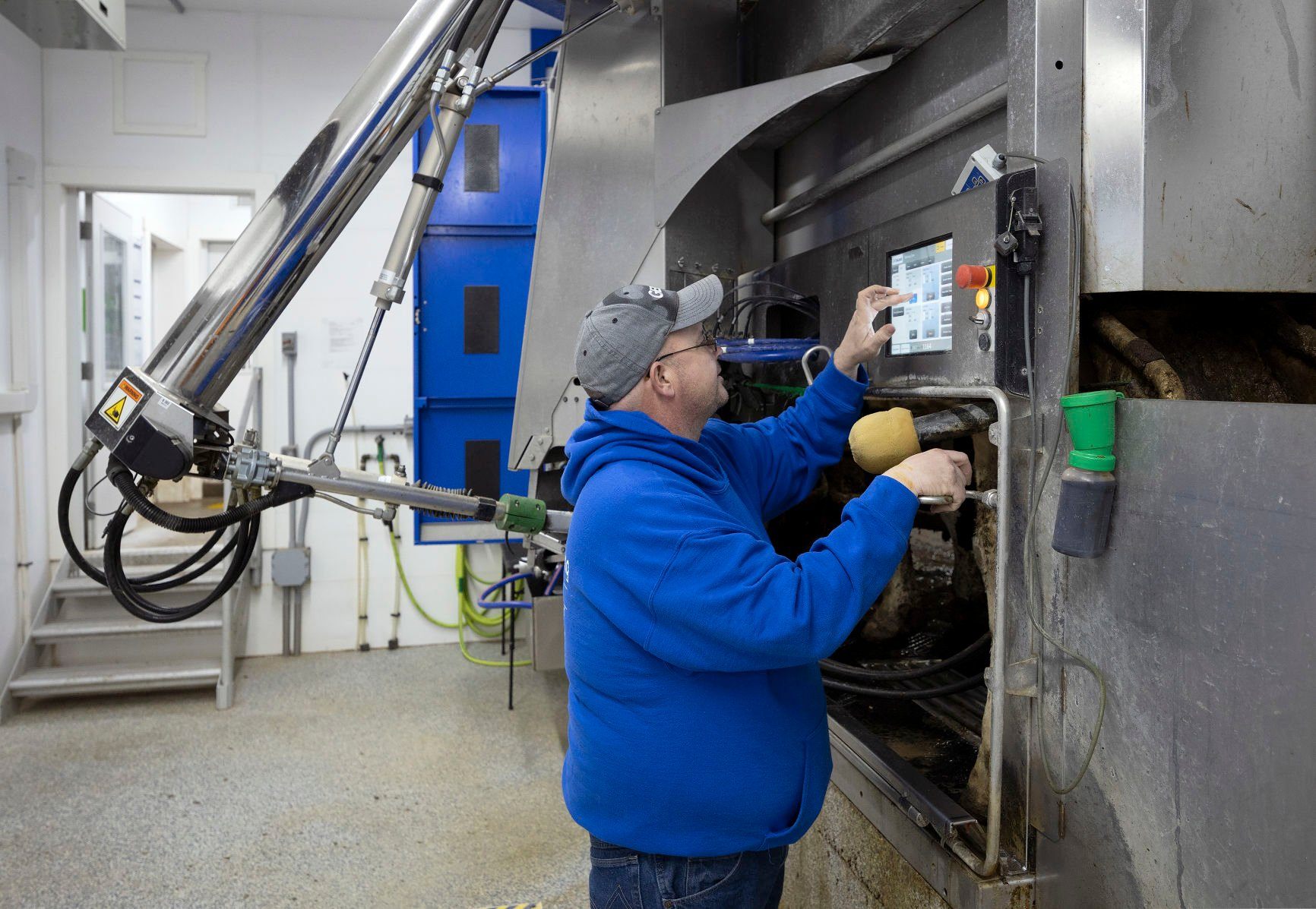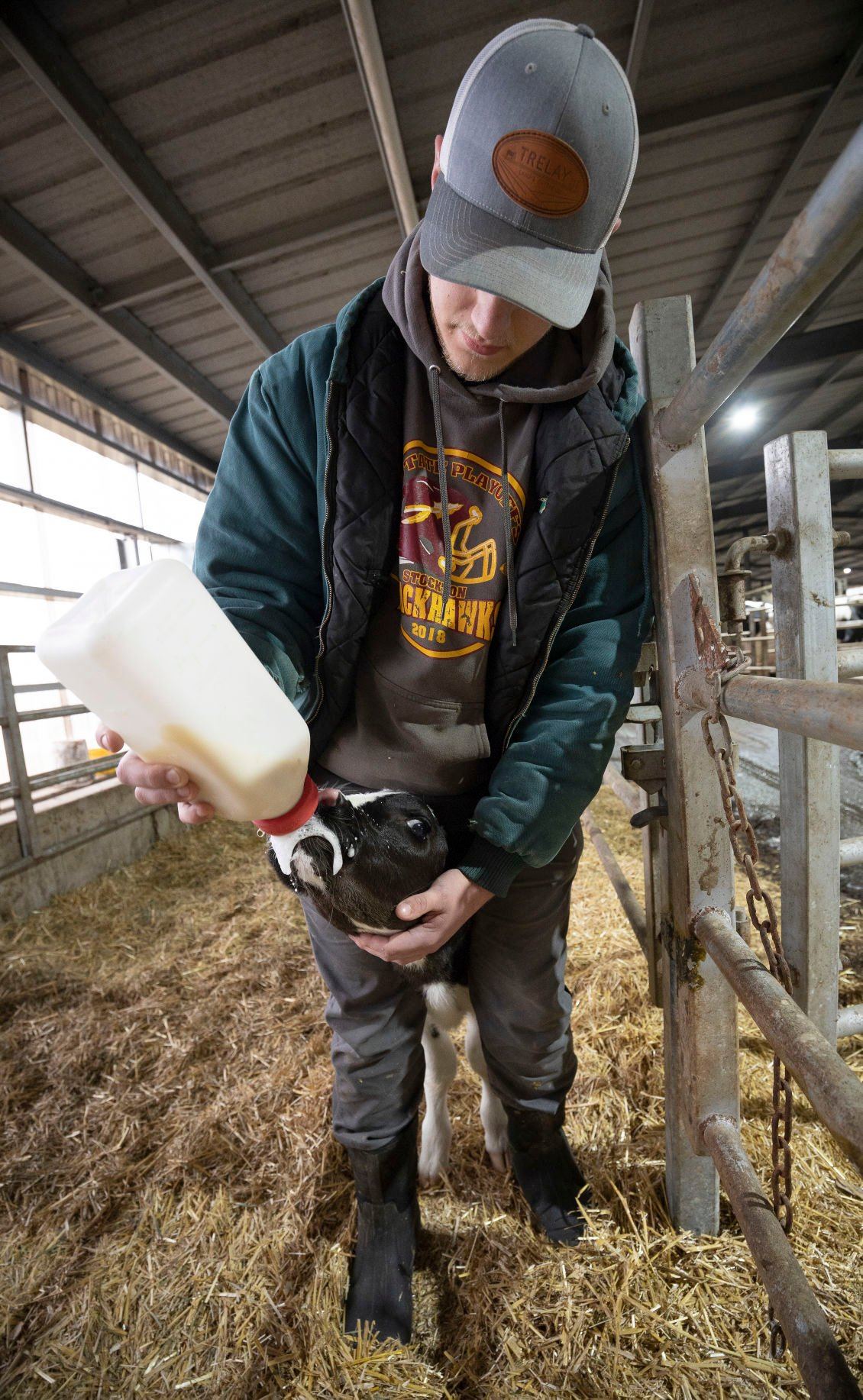As local farmers prepare for the growing season ahead, they face a variety of economic and climate-related pressures.
“There’s a lot of variables,” said Josh Bailie, who grows alfalfa, beans and corn and raises dairy and beef cattle on a farm south of Lancaster, Wis. “Between COVID, (the war in) Ukraine and weather, it’s been a very interesting roller coaster for the last three years.”
This week marks National Agriculture Week. Despite the challenges they face, area farmers are committed to their work and view this time of recognition as a chance to educate the public about the valuable service they deliver.
“(We want) to remind all consumers that farm families are putting food on the table for them,” said Peter Winch, president of Grant County (Wis.) Farm Bureau.
WAITING FOR THE WEATHER
Bailie typically begins planting alfalfa in early April, with beans and corn later in the month, depending on soil conditions. Corn, for example, should be planted when soil temperatures are around 50 degrees, and the ground must be neither overly saturated nor bone dry.
“Up until a week ago, I was fearful it’d be dry, but with the rain these last two to three days, it looks like there’s a chance for early optimal growing conditions,” he said.
Annette Eggers, manager for Jo Daviess County (Ill.) Farm Bureau, said low snowfall totals in the tri-state area this winter have farmers “starting out at a little bit of a deficit.”
From December through February, Dubuque only received 21 inches of snow, nearly 14 inches below normal totals, according to National Weather Service data.
Eggers has heard predictions that this growing season also likely will be a dry one. She anticipates farmers will select varieties of corn and soybeans accordingly.
“The predictions that they’re showing don’t indicate a lot of rainfall, but predictions can be wrong,” she said. “I do think a lot of people will be buying hybrids that are known to be more drought tolerant, just as a safety precaution, knowing that that is a concern.”
INTERNATIONAL TENSIONS
The Russian invasion of Ukraine has had global economic consequences, from soaring gas costs to heightened commodity prices for Russian and Ukrainian food products such as wheat and corn.
Russia also is a major exporter of nitrogen products and fertilizer, such as potash, for which costs have jumped substantially.
Dubuque County Farm Bureau President Wayne Kramer said prices for potash have climbed from $320 per ton to $750 per ton this spring. The cost per ton for anhydrous nitrogen fertilizer is now about $1,400, approximately double what it cost last year.
Kramer said the higher price tags are partially tied to the Ukrainian conflict, but costs have risen for several years.
“That’s been going up since COVID-19 hit,” he said. “We had a lot of problems getting it shipped because a lot of people weren’t working, so they shut down some of the mines where the phosphate and potash is.”
Winch anticipates that frosty trade relations with Russia will keep fertilizer prices high and supplies tight for months to come.
“That’ll put a bigger demand for next fall or next summer because fertilizer is something where it just doesn’t get here overnight,” he said.
NARROW MARGINS
Bailie said heightened input costs, combined with higher prices for fuel and equipment parts, could leave farmers with small profit margins.
However, market prices are up for crops, which could give farmers the room they need. Kramer said this also is partially due to the Ukrainian conflict.
“They might have a short crop season over there, or they might not even get their crops planted,” he said.
As the world’s grain supply from both Ukraine and Russia decreases and global demand persists, U.S. crop farmers likely will be able to sell their grain at higher prices.
For farmers such as Winch, who grows about one-third of the corn he needs to feed his 240 cattle and purchases the rest, this isn’t necessarily welcome news. Last fall, he could purchase corn for $3.75 to $4.25 per bushel. Now, prices have reached $7 to $7.50 per bushel.
“But then, (the selling price for) milk is up, too, so that helps,” he said.
‘IN OUR BLOOD’
Kramer, who grows corn and beans and raises feeder and beef cattle near Farley, Iowa, said the uncertain conditions might leave farmers cautious but by no means defeated.
While they wait for planting season, they are staying busy by preparing their equipment and keeping a close eye on the futures markets. Other than that, he said, all they can do is continue their daily work.
“(Farming) is in our blood, and we’re going to keep doing it no matter what,” Kramer said. “We’ve been doing it all these years, so we’re not going to quit now.





